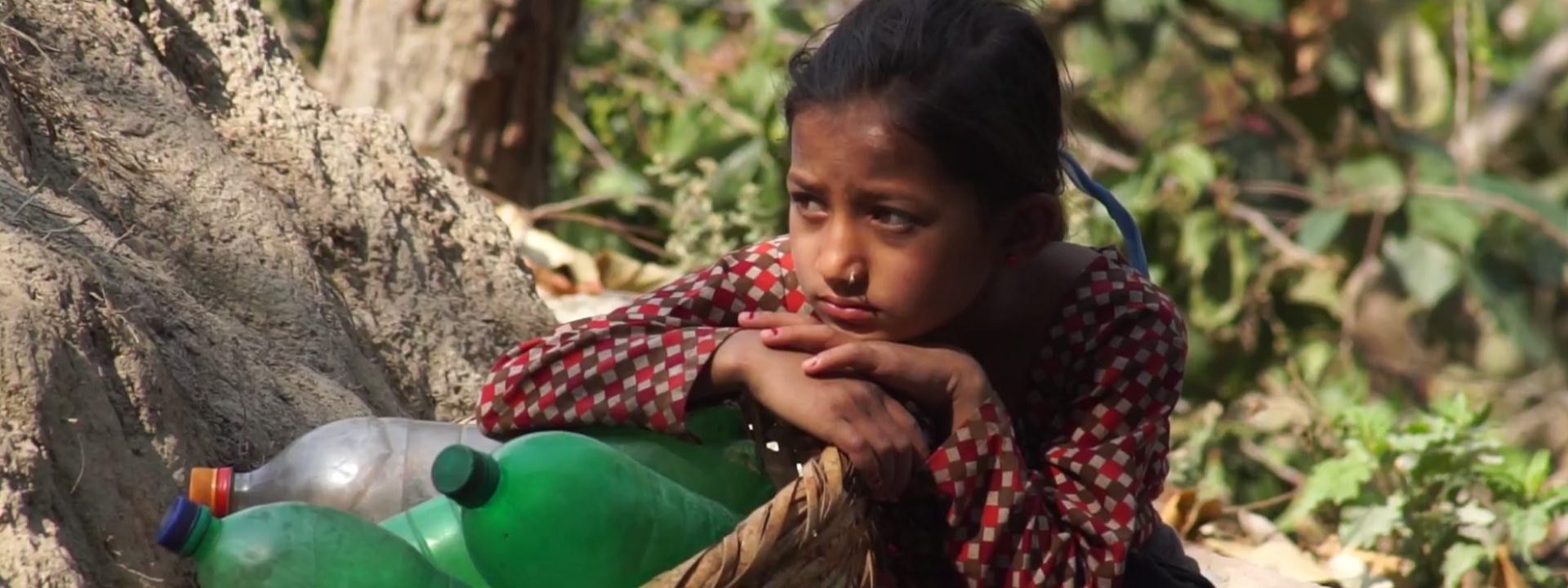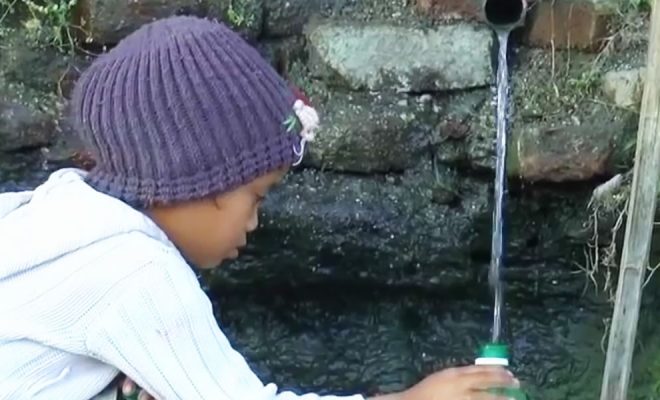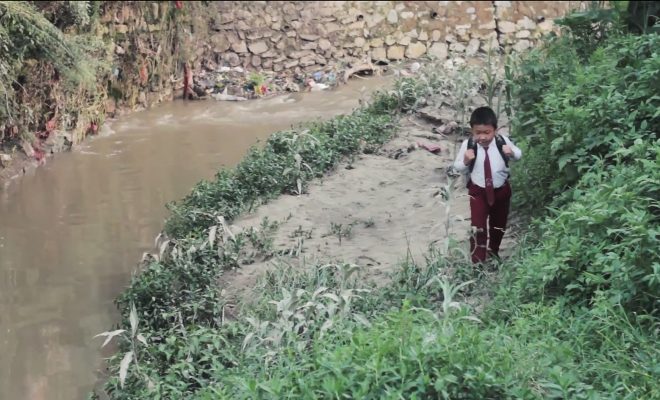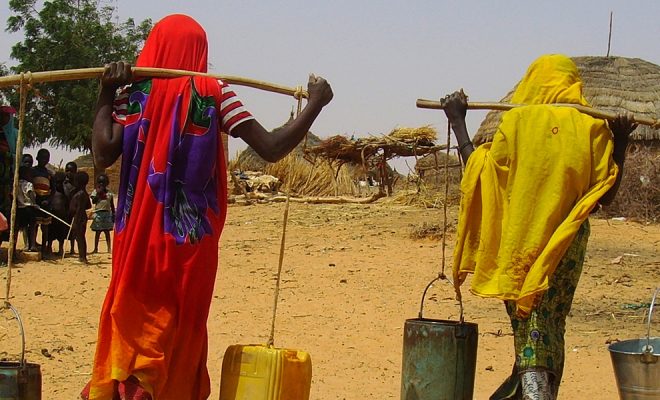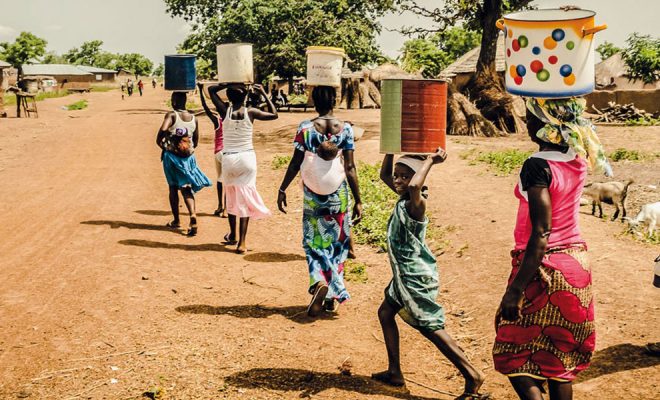
The last Sprout by Pudel (Nepal), finalist of the We Art Water Film Festival 4. Micro-documentary category.
Puspa and other women in her family get up at three in the morning to walk for half an hour to fetch water. More than three years ago they, like the rest of the almost 700 inhabitants of Methinkot were left without the water that flowed from the fountains they had in the streets of the village. Puspa walks for half an hour through an area full of dangers to fill the drums in the only fountain that did not dry up after the terrible earthquake on the 25th April 2015.
She then returns home loaded with water. Her mother and her aunt return later to fetch more water; they need to water the goats, cook, do the laundry and wash themselves. They spend up to six hours per day on exhausting trips to the fountain.
Puspa is 12 years old and of school age. The task of fetching water makes her lose some school hours, but her fear and that of the women in her family and the entire village is that the water will stop flowing from this last source.
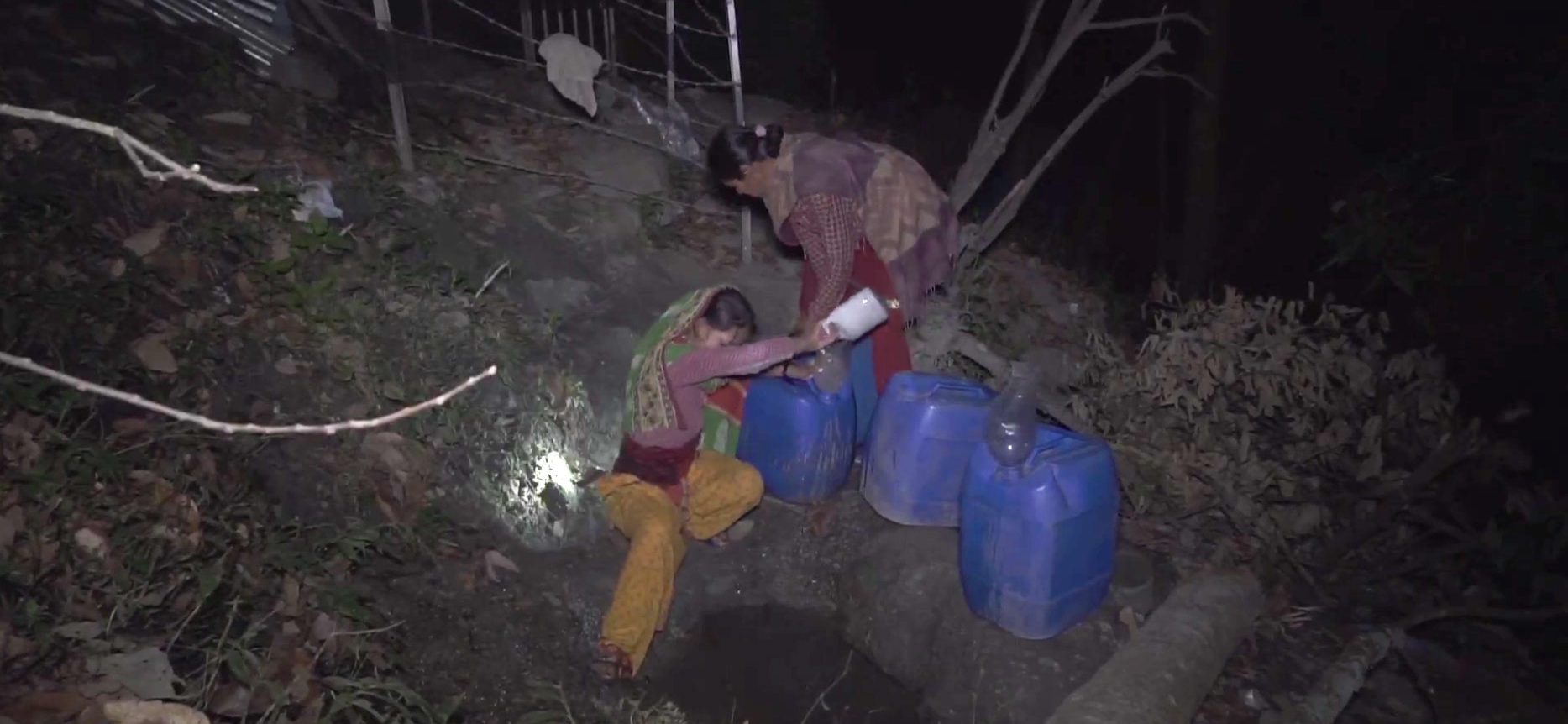
The terrible earthquake that reached 7.8 on the Richter scale had its epicenter 150 km northwest of the village and caused more than 7,000 deaths in Nepal. 9.5 million people needed humanitarian aid and the lack of water and food caused 2.8 million internally displaced people.
The supply of water is very vulnerable to natural disasters. And this vulnerability is greater the higher the poverty level of those affected. The first consequence of a flood in an area with a precarious access to water is the pollution of wells and aquifers. When earthquakes occur, the supply systems deteriorate, something that worsens in poor countries that lack investments in infrastructures, and those affected end up with no access to water, sometimes for years, as in the case of Methinkot.
The We Are Water Foundation joined the international aid and collaborated with World Vision and Oxfam in two projects. In the project with World Vision water drums were supplied, which have helped around 1,500 families to transport and store water to survive. In the project with Oxfam over five tons of water and sanitation material were sent form Oxfam’s warehouse in Barcelona, in order to help all those affected. More than 30,000 people were supplied with drinking water thanks to this.


